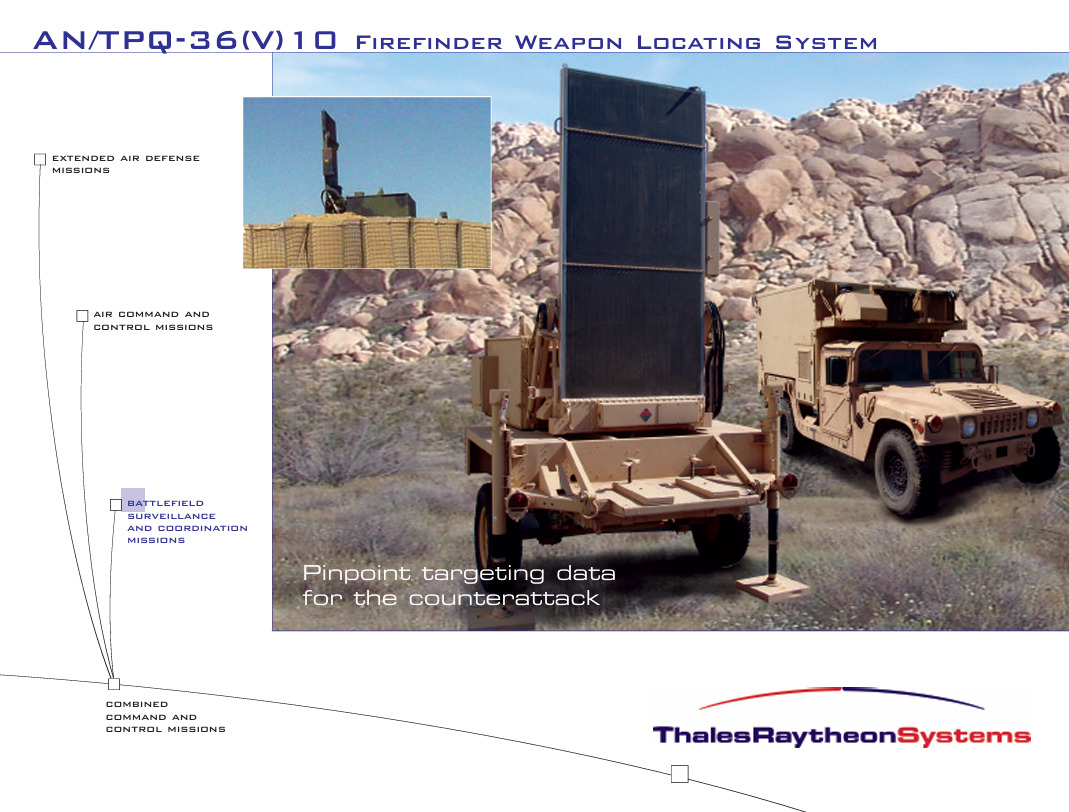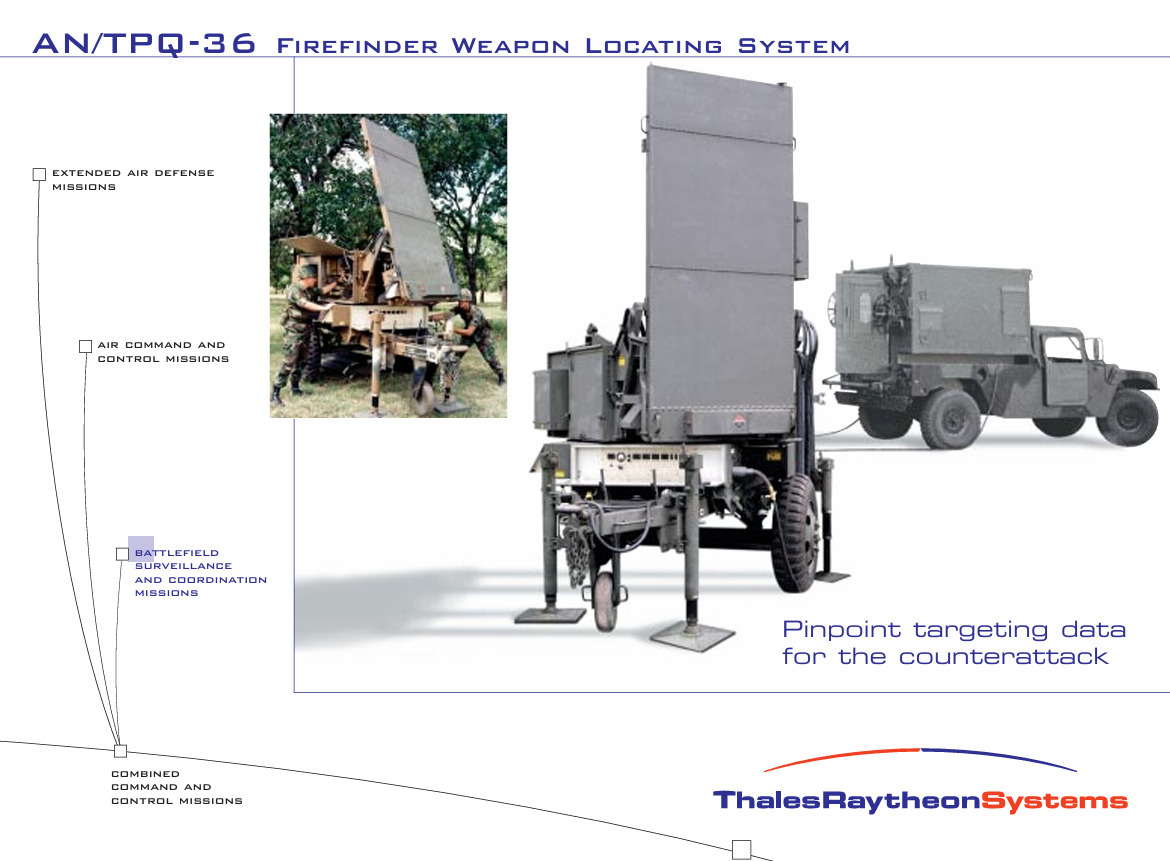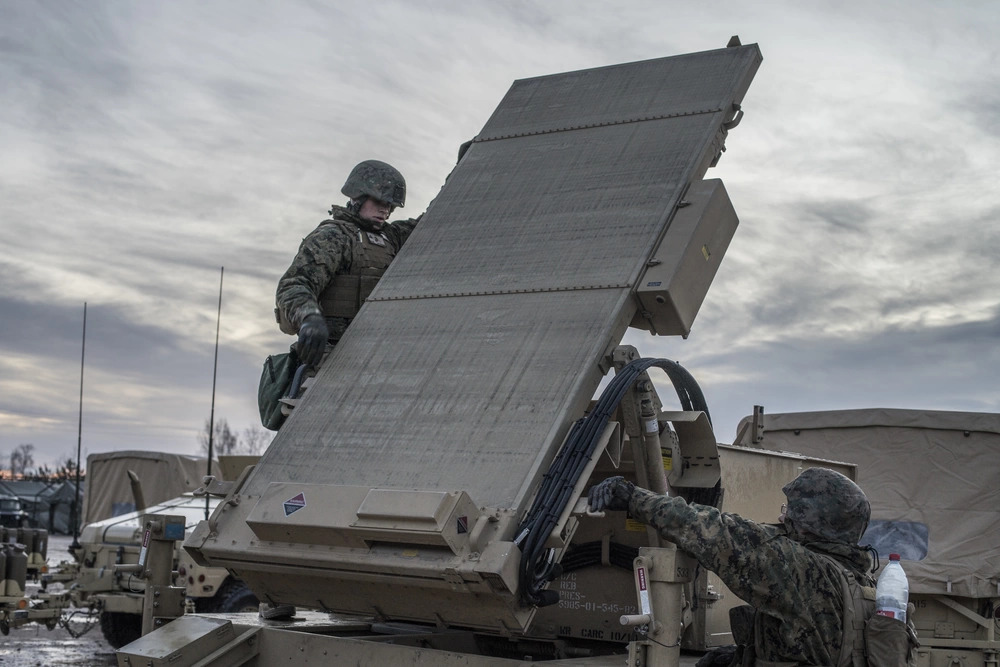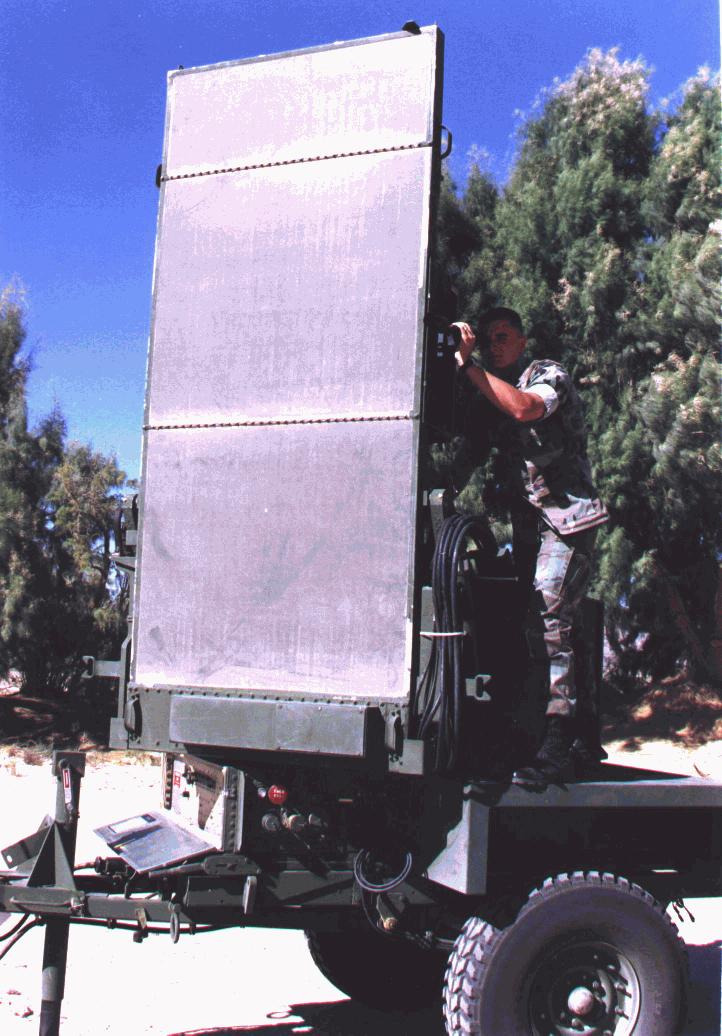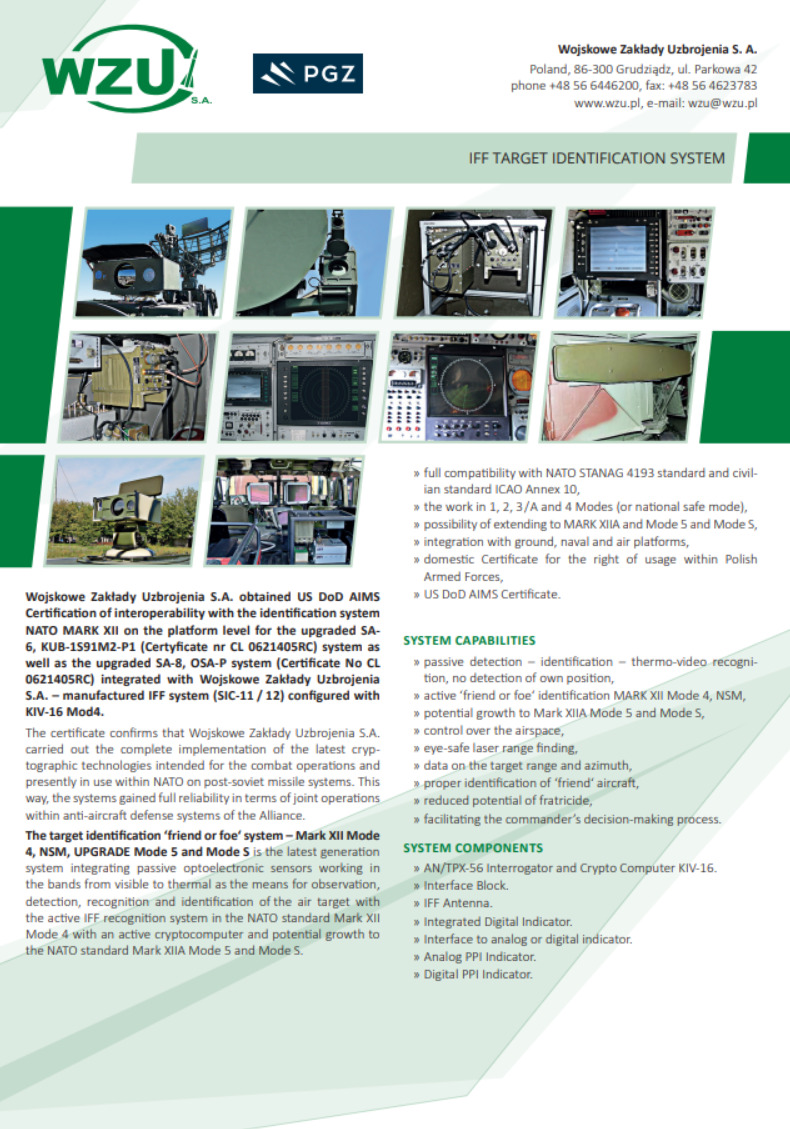In this case, they somewhat do, as some of these radar do have a physical stabilizer that corrects them, but no, most of the time older ground radar did not needed to move elevation, they had a predesigned elevation coverage, using the antenna design.
For example, Rapier planar array, it lacked any ability to steer the beam in elevation, yet it worked.

I too was kinda surprised by the mention of an auxiliary ECCM antenna. I am not sure what constitutes as “a single pedestal”. Maybe it is the rear antenna after all or could it maybe otherwise be that small square in the top right (looking at it from the front)? Though I am not sure if it would be adequate, and if it can be considered as on a pedestal, since it’s attached from the side I think.
What constitutes as early make? From what I can see even potential early models actually did have a plate where the bump would be, but it’s often very hard to see (depending on paint color and orientation). Here even (V)10 does not have the bump, is (V)10 also an early make?
Spoiler
Here is an “early” version perhaps, it doesn’t really say though. But the same plate in the bump area is visible:
What I found more is that the USMC has their own version of the TPQ-36, called the TPQ-46A (based on (V)8) and 46B (based on (V)10). When searching pictures of this version of the radar, the bump is there. The USMC variants seem to be slightly improved, hence why the bump may be there. No mention of IFF however, thought that would be a major thing to mention however.
Spoiler
Perhaps the bump on this radar is not because of early/late, but rather US army vs USMC version. But do correct me if I am wrong, as this is just my theory right now.
I can barely find info on this thing other than it did get IFF and was a modified TPQ-36, used for NOAH in Norway and FAAD C3I in the US army. Now I can not really nicely find any old footage of NOAH, but I could find something on FAAD C3I. One such source calls the TPQ-36A a Sentinel, so either the TPQ-36A is essentially a sentinel looking thing (could include rear antenna) or every TPQ-36 with bump is a TPQ-36A with IFF/ has IFF.
Spoiler
note: this could be a weird error, and or the picture misleading and newer (showing MPQ-64 instead)
https://www.dote.osd.mil/Portals/97/pub/reports/FY2002/other/2002DOTEAnnualRpt.pdf?ver=2019-11-07-180204-860
ADA310528

There is also this, but doesn’t mean much, but shows that Norway may use them both still (and maybe interchangeably): https://publications.sto.nato.int/publications/STO%20Meeting%20Proceedings/RTO-MP-SCI-143/MP-SCI-143-13.pdf
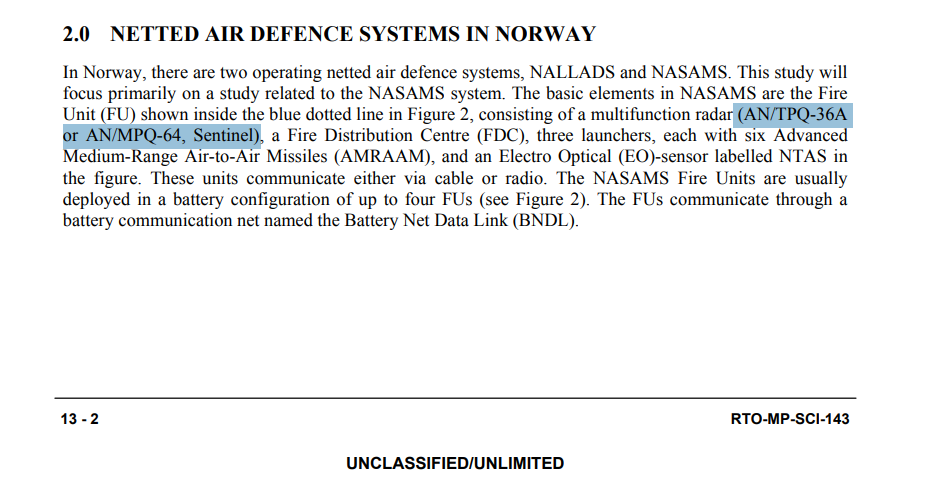
they look like sentinels, but that may just be because they are what is being depicted anyway

If you could find images of TPQ-36A, that could clear things up.
Anyways the long box under the bump on it I still believe is still the antenna blower. In the picture above (of USMC TPQ-46), you can clearly see a hole in the bottom, probably to draw air from. Similarly the same structure on the MPQ-64 also has a hole in the bottom (now on one of the short sides of the box, as the entire structure is rotated 90°, and this way no rain/other things can fall in it), similarly to probably draw air. The bump on top I could agree, can be an antenna, IFF perhaps. But it still looks rather small to me, at least from other examples, IFF antennas tend to be larger and horizontally orientated (to reduce azimuth beamwidth), but such things are not set in stone.
Another thing I read, the TPQ-36 scan coverage is only 4.5° (80 mils, using frequency shifting) in elevation by 90° (1600 mils) in azimuth. According to the MPQ-64 sources, it instead has good elevation coverage but limited azimuth (also using frequency shifting), so I guess that supports that the MPQ-64 is just a 90° rotated TPQ-36, which means that structure box structure is the same thing probably and not something completely else (bump on top aside). Which may mean that TPQ-36A looks indeed more like MPQ-64 than regular TPQ-36 if they would want more elevation coverage. Or, since there are mentions of “low altitude surveillance radar” in reference to the TPQ-36A, it means exactly that it’s not. because it’s unrotated and has poor elevation coverage and therefore looks like the TPQ-36.
Then lastly I found this, but I can’t really say it’s a good source either:
Spoiler
Something what looks like a post with old pictures, one of which claiming to be a TPQ-36A, which looks very similar to the sentinel (rear antenna visible too, and some tiny thing on top). Link to the post is broken though, or maybe just for me because I don’t have an X account.

Its quite weird. I don’t think the small panel on top will be this given it only seems to show up on marketing material for Konigsberg made 64F1s, I cannot find any example of a 64A1 or 64A3 with such present, and the Thales made 64F1s seem to be outright missing it as well, its very weird.
Maybe there is the possibility that it is the very small horn like component facing forward on the side? That bit is present through all makes past the 64A1 it seems.

It does have the bump though?
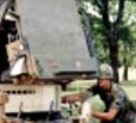
Rear image does seem to be missing the bump.
Most of the things I can find also do not mention that the more modern makes of the fire finders can be used as a general search radar, I’m guessing since its not it’s as designed use it may not be highlighted, sort of like how for the 64F1 and 64A3, counterbattery functions are mentioned in passing only as they aren’t the main use case.
Given the 36A did become the base 64, its totally possible I’d guess that the very initial versions might have been called the same thing? That document is rather curious given that it seems to be from 2002 which is quite a ways after the AN/MPQ-64 formally got named as such. The IOT test its referencing is indeed 1 year before the AN/MPQ-64 did formally enter service though, 1995. So maybe its a bit of a flip flop due to this seemingly occurring right as the 64 formally came to be?
Both of these documents are really interesting given the TPQ-36A really does seem to be a void in the design process, yet, it was seemingly quite prolific, 152 units is nothing to scoff at for a radar of this time.
Really wish I could, as said, it seems like it’s short term existence caused it to just get painted over by the AN/MPQ-64, at least online that is.
Indeed, however though, we do know that the IFF system is part of the main, front panel in some way, as per the previous FM for the earlier makes of the 64.
And I agree, usually they run the entire width of the main array and are situated directly above or below the main array, or directly adjacent in some way.
And it has the small panel up top as well which was common to the Konigsberg F1, really weird, also must not be a later make since it seems like its missing the additional stuff thats been bolted to the electronics side of the unit, all the computer controls and such, its also lacking the small panel on the left side as well and the other bit hanging down on that side too.
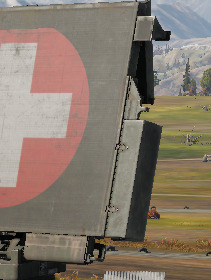
Thinking about this more, I’ve also realized that the 64 that we have in game seems to be some in-between of a A1 and the base model as well, at least in the case of whats stuck to the electronics unit.
It’s not the same. The bump on what are presumably TPQ-46s and on the MPQ-64 are less wide than the blower/heater housing underneath. They are also taller, impossible to miss really from any aspect as result.
So this is where I believe it has that plate still, but it’s almost conformal, as it’s a very thin plate. It’s also incredibly hard to see when painted green, perhaps paint also smooths it out on the edges, idk. The image is also small and low resolution, so I don’t think you can draw a conclusion from that. You really have to be looking for the 6 bolts also, the bump thin on the MPQ-64 and USMC TPQ-46 (I guess), have that same plate with 6 bolts but the smaller bump on top is completely smooth.
Spoiler
TPQ-46 (I suppose):
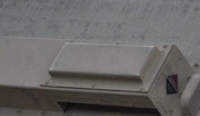
Sentinel:

Here is a similary olive green painted TPQ-36, but you can barely see the plate, it’s very flat. I think it just depends on perspective and color to some extend to how visible this plate is. It is most definitely not equal to the bump seen on MPQ-64.
Spoiler
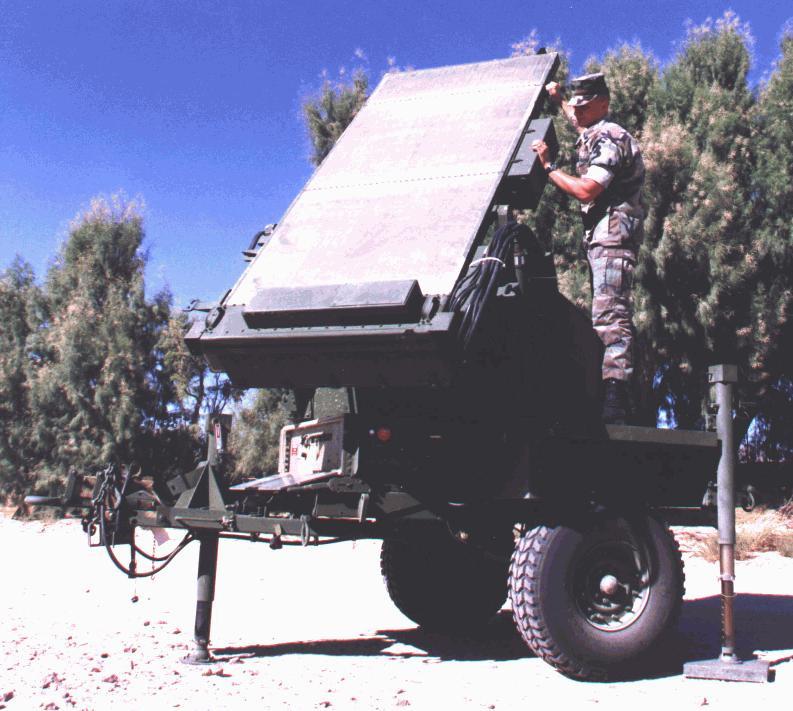
also fun fact, I guess, the that actual container box on the right (lookin from the front) houses an optic for boresighting.
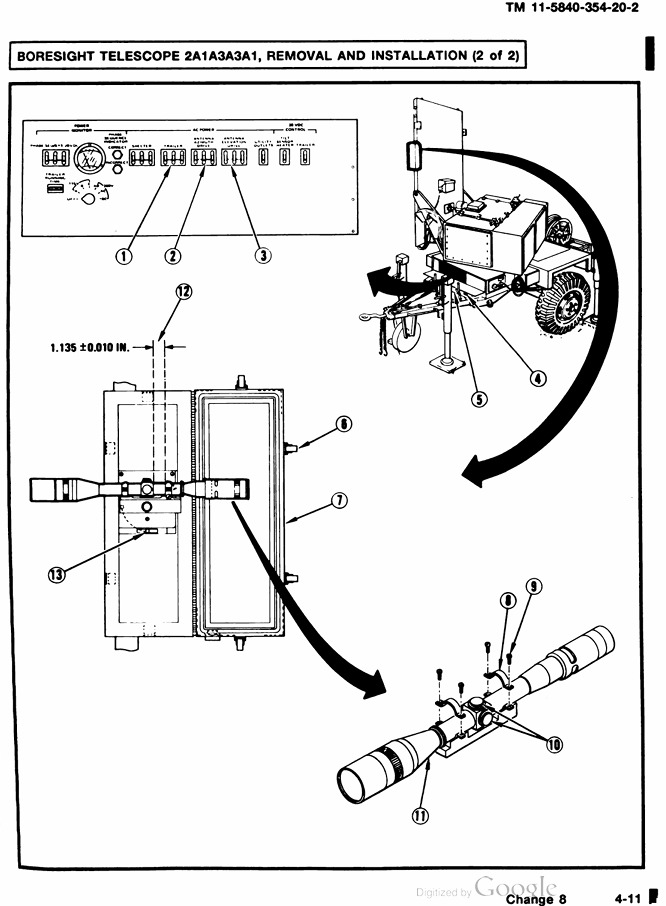
I don’t think I’ve seen a picture of the TPQ-36 where it visibly can be seen it doesn’t have this plate (that can cause a small apparent bump). The drawing in the TM doesn’t show it, but I am not sure how much value you can attribute to that, I guess it’s something though.
I think in one of the product cards, or one of the other sources I may or may not have saved said something about it filtering out such targets. So it of course is capable of detecting aircraft and such, but it just gets filtered out.
Anyways no mention of IFF in any context with TPQ-36 (or TPQ-46) other than TPQ-36A (which may just be a Sentinel look-alike) lead me to think that bump has nothing to do with IFF. The only antenna things that were added between the potential Sentinel look-alike TPQ-36A, Sentinel itself, is the rear panel and maybe that small thing at the top side.
Spoiler
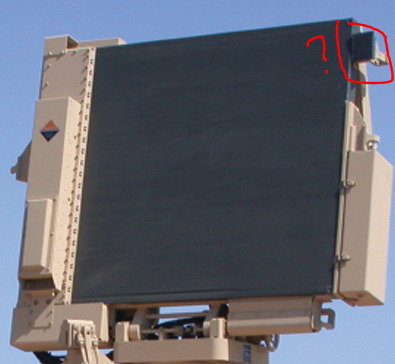
FM 3-01.11 only said that IFF interrogator and IFF antenna are part of the antenna unit, which sits on top of a transceiver unit. At least my interpretation here is that antenna unit refers to the entire rotating thing. In any case it’s not 100% clear wording. Sadly they did not include an image outlining all components (like they did for the avenger…).
Also some other random ideas: what if this box on the back is what houses the IFF interrogator (TPX-56), wires seem to be coming out of it to the rear panel maybe. So then that would be the IFF antenna.
Spoiler

This is how the TPX-56 interrogator looks like:
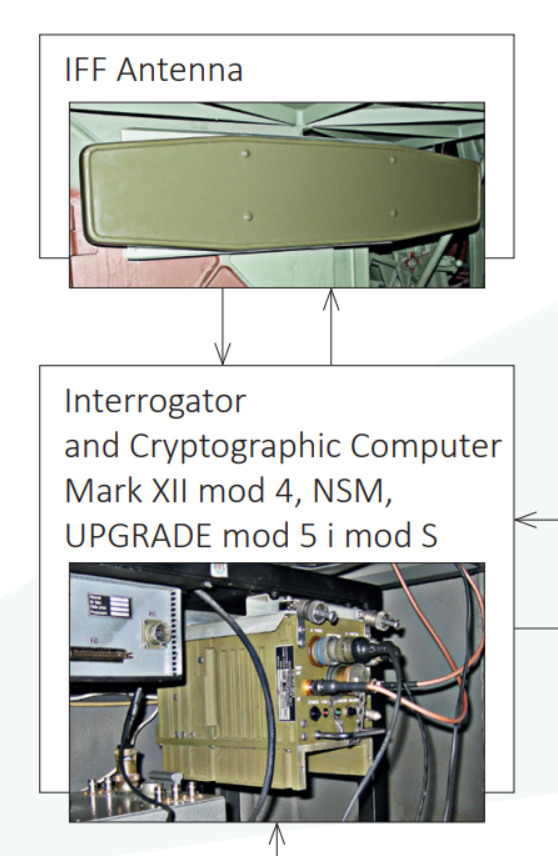

I haven’t really checked proportions, but it seems plausible it’s in that box at least. It has to be somewhere on the antenna unit at least as per the FM.
Alternatively, what if it is the ECCM antenna, since I guess it’s auxiliary I suppose. Though I don’t see how it is on a so called pedestal. With auxiliary I also would think it would not on the antenna unit at all, but ok. Then the only thing I can think of that seems to be also similarly colored to the front panel and (occasionally) rear panel, is that small square panel that I pointed out earlier (with the question mark). I found a similarly small IFF square antenna:
Spoiler


Though this one may still be somewhat larger than the thing on the Sentinel. Also another problem is, as expected, such antenna as this has a huge beamwidth in both axis, while we know the IFF beamwidth of the Sentinel is much more narrower in azimuth (12°), which would require likely some antenna that is more horizontally orientated, so this probably isn’t the IFF.
Anyways unless someone can get their hands on TM 9-1430-741-10, I at least speculate it’s either in the frontal array, or it’s still the rear panel. I don’t think the bump on the blower/heater cover is IFF at least, since TPQ-36 has them too on some models with again 0 mention of IFF anywhere.
Also again I want to revisit the term back-scan. I am not sure how to convince you, but here is another example of a radar, Front-X, with electronic back-scan, but very clearly has no secondary array on the back to be physically scanning to the rear side, unless you can point one out.
